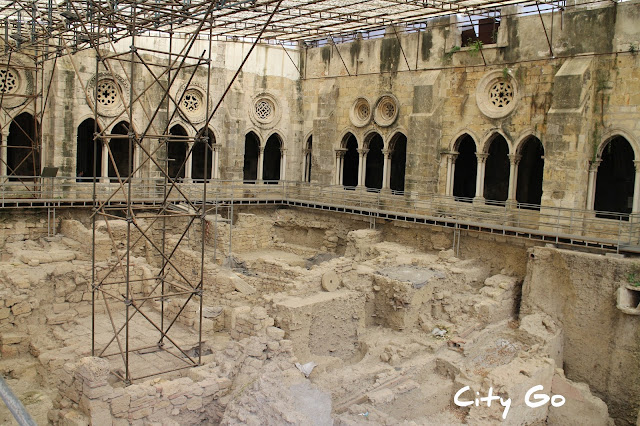Prague, Czech Republic
There are traces of human occupation since Paleolithic times but the first known inhabitants of the region were a Celtic tribe called Boii, which gave their name to Bohemia. In 9 AD the Marcomanni tribe migrated from Germania forcing the Boii to migrate south. The region was later invaded by the Slavs and the Marcomanni joined the Lombards in the south, another Germanic tribe.


Prague's castle was founded around 800 AD by prince Borijov of the Premyslid dynasty. According to legend, Princess Libuse, the sovereign of the Czech tribe, married a humble ploughman by the name of Premysl founding the dynasty of the same name. They were rulers of most of Bohemia until the 1300s and some members of the dynasty, namely Saint Ludmila wife of prince Borijov, converted to Christianity, brought to the Czech lands by Cyril and Methodius, the apostles of the Slavs. The Prague Bishopric was established in 973 soon after the foundations of Saint Vitus Cathedral were laid by prince Wenceslas, Bohemia's most beloved patron saint.


By the mid 10th century, after a long war, the Bohemian dukes and princes became vassals of the Holy Roman Emperors.
In the 12th century, the first bridge over the Vltava river was built. The Old Town was founded in 1231 and the Lesser town in 1257.


The 14th century was Prague's first Golden Age. During this century, under the rule of King Charles IV, Prague becomes one of the most prosperous cities in Europe and the cultural capital of Central Europe. King Charles was elected Holy Roman Emperor and Prague becomes the capital of the Holy Roman Empire, the Bishopric of Prague was elevated to Archbishopric, Saint Vitus was enlarged and the construction of Charles Bridge begun. The Town Hall was founded in 1338 and the New Town was founded in 1348.


All that changed during the reign of Wenceslas IV. The execution of Master Jan Hus in 1415 led to the Hussite wars as a result of religious conflicts between the Hussites and the Roman Catholic Church. Many historical artefacts were destroyed and the castle started to deteriorate.


In the 16th century, the reign of the Habsburgs dynasty begins and Prague sees a second Golden Age. Despite the seat of power moving to Vienna, Prague once again becomes a cultural centre. The castle was reconstructed in the Renaissance style.
The protestant uprising begins in 1618, with the third defenestration of Prague, when the Catholic governors were thrown from the windows of Prague castle. They survived but the incident led to the Thirty Years War. Prague began a steady decline, reducing its population by two-thirds. However, the late 17th century is considered the Golden Age of Jewish Prague, as the Jewish community increased, making it the second largest in Europe.


In 1689 a big fire devastated the city but this spurred a renovation leading to an economic rise that continued throughout the following century. Many wealthy merchants and noblemen enriched the city with palaces and churches and paved the way for the Industrial Revolution. It was also in the late 18th century that the nationalist movement began.


In 1806 Napoleon dictated the end of the Holy Roman Empire and Czechs started demanding more autonomy. In 1867 Emperor Francis Joseph I establishes the Austro-Hungarian Dual Monarchy, but the Austro-Hungarian Empire falls at the end of World War I and Prague becomes the capital of Czechoslovakia.




During the Second World War, the city is occupied by Nazi Germany and citizens are oppressed and persecuted, particularly the Jewish community. The city was heavily damaged during Prague's Uprising, at the end of the war.


Until 1989, Czechoslovakia remained under strong Soviet political influence. After the fall of the Berlin Wall, the Velvet Revolution brings an end to communism and Czechoslovakia becomes a democratic country. In 1993 the country splits into two and Prague becomes the capital of the Czech Republic.
Prague has a long and rich history and is definitely worth a visit.
What to visit:
What to visit:





Comments
Post a Comment